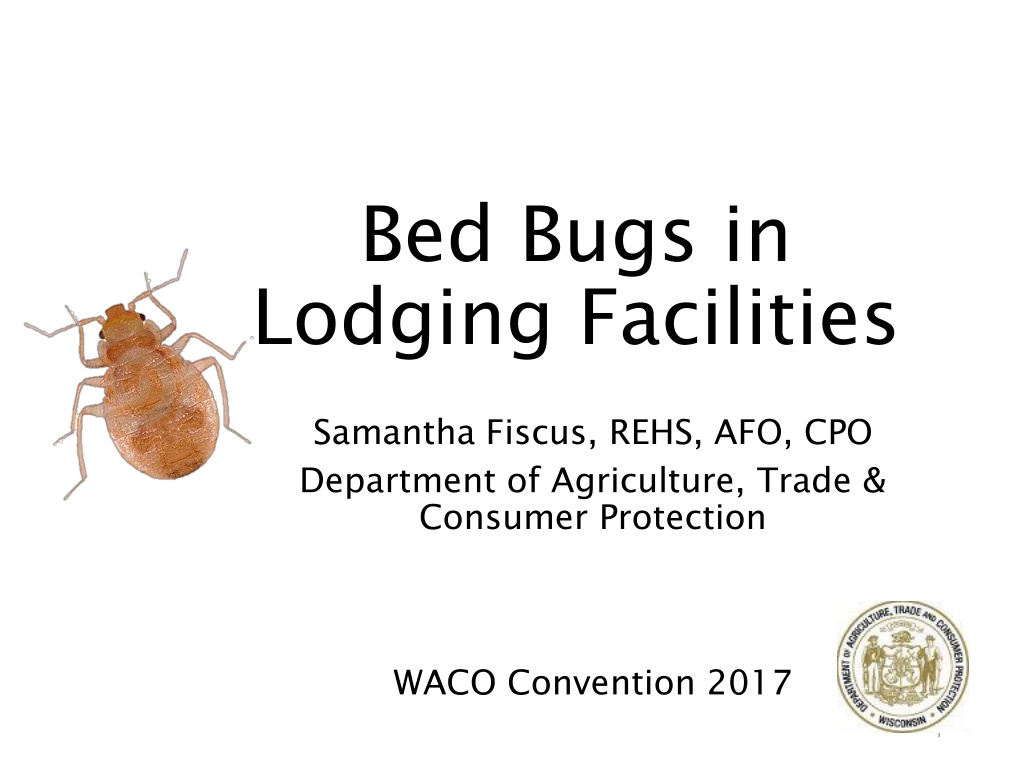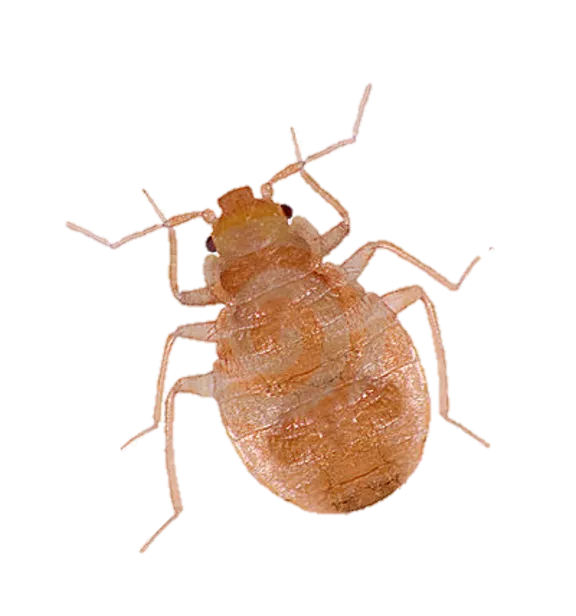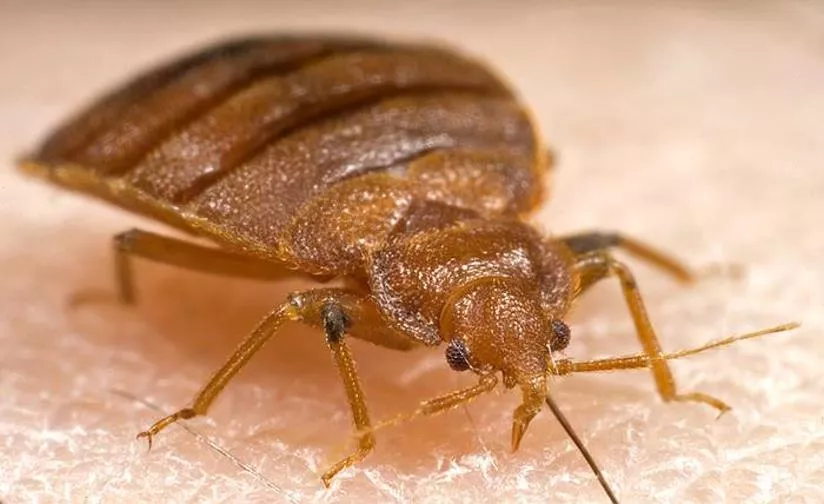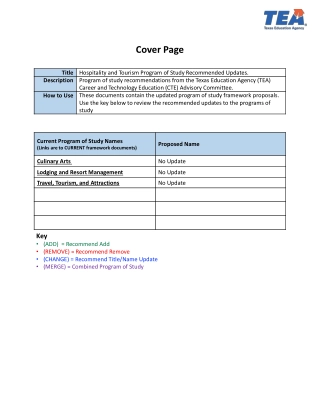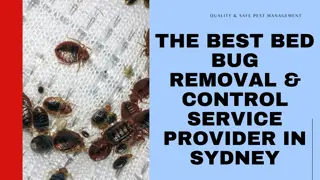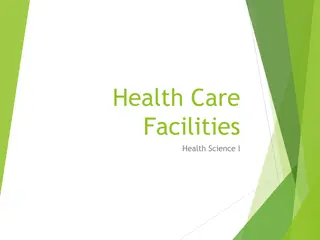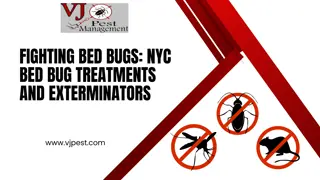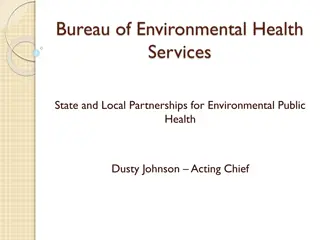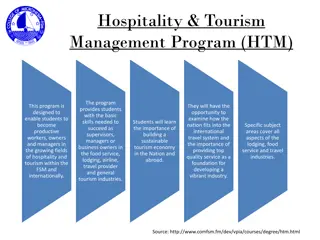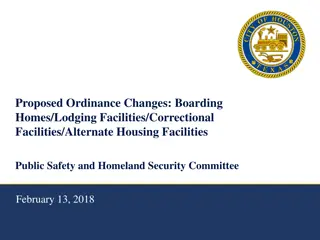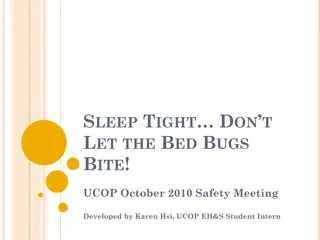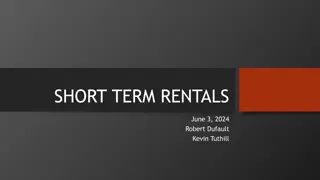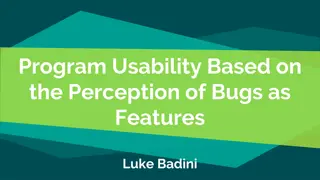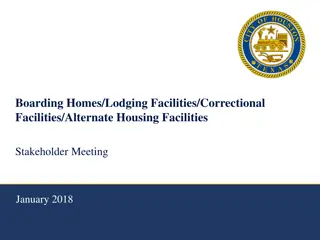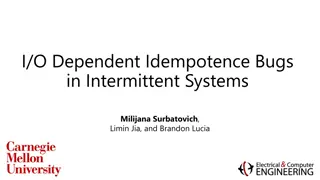Bed Bugs in Lodging Facilities
Explore the identification, life cycle, behavior, locations, spread, health concerns, treatments, and prevention strategies of bed bugs in lodging facilities. Learn about the challenges of denial, common infestation locations, and effective treatment methods to combat these pests.
Download Presentation

Please find below an Image/Link to download the presentation.
The content on the website is provided AS IS for your information and personal use only. It may not be sold, licensed, or shared on other websites without obtaining consent from the author.If you encounter any issues during the download, it is possible that the publisher has removed the file from their server.
You are allowed to download the files provided on this website for personal or commercial use, subject to the condition that they are used lawfully. All files are the property of their respective owners.
The content on the website is provided AS IS for your information and personal use only. It may not be sold, licensed, or shared on other websites without obtaining consent from the author.
E N D
Presentation Transcript
Bed Bugs in Lodging Facilities Samantha Fiscus, REHS, AFO, CPO Department of Agriculture, Trade & Consumer Protection WACO Convention 2017 1
Objectives 1. Identification 2. Life Cycle 3. Evidence 4. Behavior 5. Locations 6. Spread 7. Health Concerns 8. Treatment 9. Inspection 10. Action Plan 2
Anywhere Stigma History Anyone WHEN not IF 3
Denial Residential complaints Untrained staff INFESTATION Police and fire dept Refusal to enter NO Action plan Inadequate treatment methods 4
Life Cycle of Bed Bugs Females 1-5 eggs per day 540 eggs per lifetime 5 stages of development Reach maturity at 21 days Lifespan 6-12 months 6
Bed Bug Behavior Purpose Feed Mate Lay eggs Feed on blood at night Takes 5-10 minutes Post feeding ritual 5-10 days Cryptic Adaptable Kairomones Movement 8
Spread of Bed Bugs Guest Items Luggage Shoes and clothing Establishment Distance 100 ft/night Room to Room Hallways Common areas up/down, left/right 10
Health Concerns Exposure Anxiety Insomnia Bites No evidence of disease transmission Reactions Secondary infections Scarring 11
Facility Bed Bug Treatments Professional pest control company Heat treatment Dismantle room Increase consistent air flow Minimum of 120 F Chemical Diatomaceous Earth Steam Vacuuming Bed bug trained dogs 12
Remediation and Prevention Disadvantages Several treatments and combination of treatments Cost Home remedies dangerous Hard to see (small) Clutter Air flow to all areas Constant temperature Too high of temperature- melted fire extinguishers DE- must walk across areas Misuse of chemicals Resilient to chemicals Freezing bed bugs Mattress pads 13
Bed Bug Inspection Start with Bedding Around Bed Bed Prepare 14
Step 1. Preparation Vacate room(s) PPE Coworker/assistant Flashlight 15
Step 2. Start with the bedding Check all surfaces, crevices and folds Inspect and remove bedding Pillows Blankets Sheets Mattress pad 16
Step 3: Continue to with the bed Inspect, lift and prop up Mattress Box Spring Inspect the bedframe area and floor around the bed Disassemble headboard 17
Step 4. Areas near bed Upholstered furniture Nightstand and all items on the nightstand Wall, outlets, hanging pictures 18
Action plans Facility Specific Proactive approach Prevention Monitoring Educate Staff Response Treatment Tracking Increase effectiveness and efficiency 19
Action Plan Resource National Pest Management Association (NPMA) Best Management Practices for Bed Bugs (BMPs) Guidelines developed by industry professionals, regulators, academics, and entomologists 20
Conclusion They are everywhere! Matter of WHEN, not IF Bed bug biology and behavior Health Concerns Remediation Treatments How to inspect Importance of Action Plans 21
Contact Information Division of Food and Recreational Business Campgrounds Recreational and Educational Camps Pools Lodging datcpdfrsrec@wisconsin.gov 22
